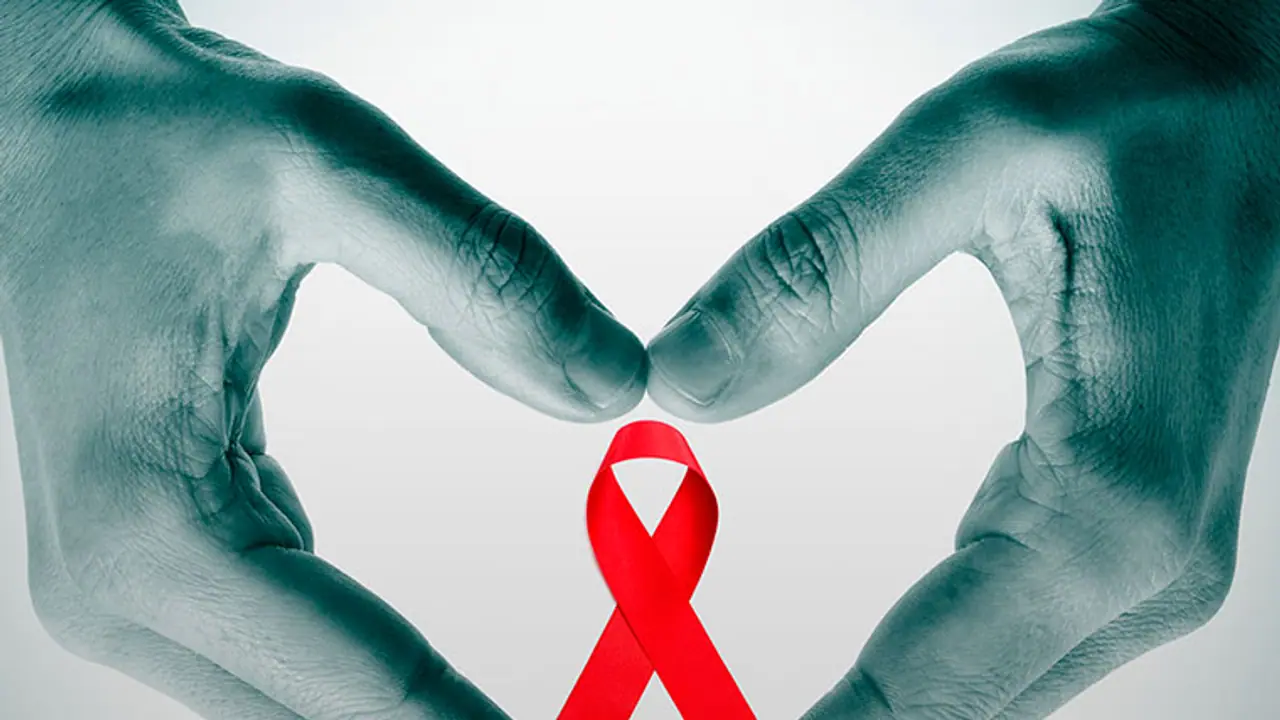World Aids Day is celebrated on December 1 every year Here are some common myths that surround this disease And facts to prove otherwise

AIDS stands for acquired immune deficiency syndrome. HIV stands for Human immunodeficiency virus. This virus causes AIDS, which is more often than not, fatal, but with required medication can be kept under control.
1. Myth: You can contract AIDS through touching, hugging, sharing utensils with an infected person.
Fact: Casual contact does not spread HIV. You can only be infected through bodily fluids via unprotected sex, and blood transfusions, and breast milk
2. Myth: You can get AIDS from kissing
Fact: Closed mouth kissing does not lead to AIDS. Open mouth kissing has a higher risk because of open sores like bleeding gums can lead to an infection. Saliva is low-risk as well as it does not pose the risk of transmission, and there are no supporting evidence to claim otherwise.
3. Myth: HIV is predominant only in gay communities
Fact: HIV is not based on sexual orientation. Heterosexuals and homosexuals are equally at risk when it comes to contracting AIDS. When you have unprotected sex, the chances of you contracting AIDS are exponentially higher. Hence, it is necessary to have protected sex especially when you have multiple partners.
Also read:
4. Myth: There is no cure for AIDS
Fact: The medical field has taken leaps and strides ever since it was discovered. Granted in the early 80s, there was not much information, much less medicines for treatment. But, today, there are approved medications to keep it under control.
5. Myth: HIV + mothers cannot have children
Fact: This is not entirely true because it is possible for an infected mother to pass it on to her unborn child, but according to the body.com, “Advances in HIV treatment have greatly lowered the chances that a mother will pass HIV on to her baby (known as the rate of perinatal transmission, mother-to-child transmission, or vertical transmission). The chances of passing HIV from mother to baby can be as low as one in 100 when certain steps are taken.”
